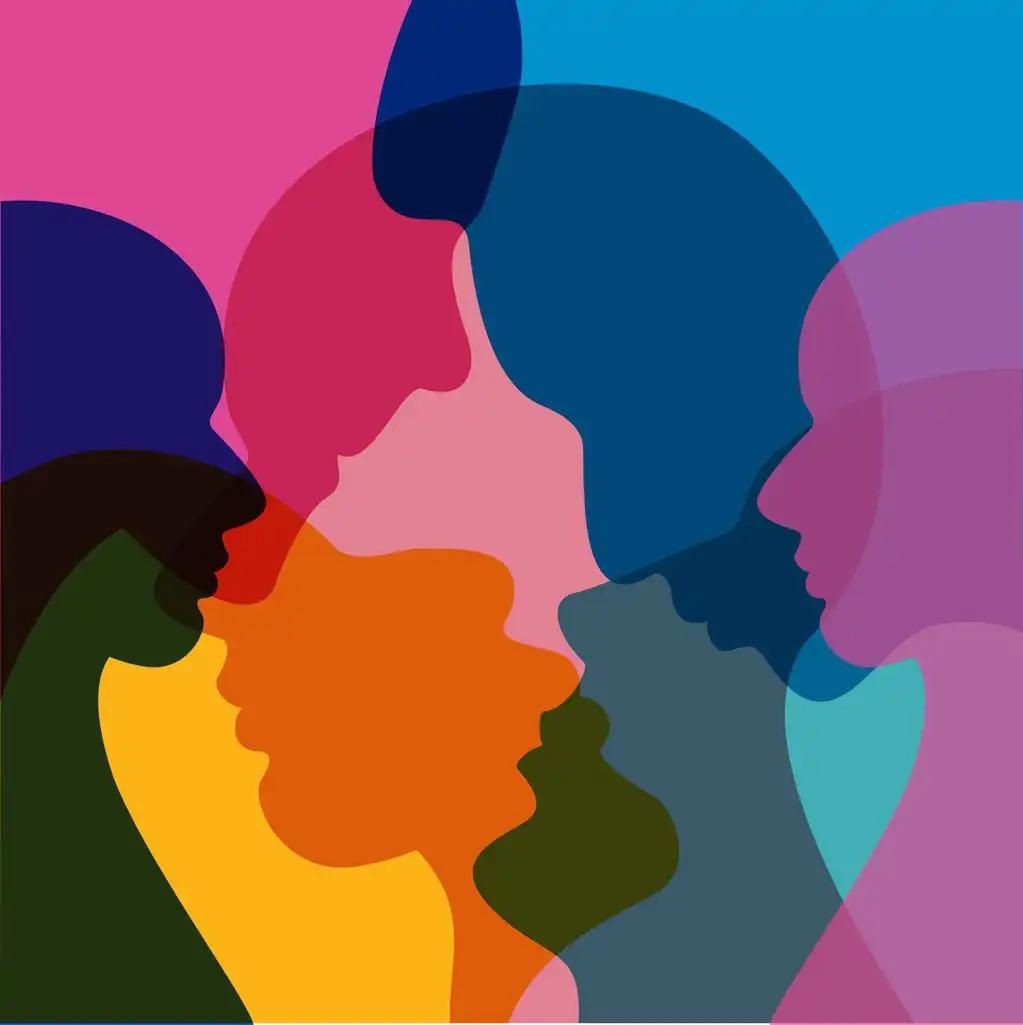Imagine a world where the rhythm of a dance could add years to your life. It might sound like a scene from a movie, but the reality is closer than you think. Have you ever considered tango not just as a dance, but as a potent form of movement therapy that can enhance your longevity? This is no longer a secret reserved for the passionate few; the benefits of tango are becoming a beacon of hope and vitality for many, especially as we age gracefully.
Understanding Tango as Movement Therapy
Tango, a dance that originated in the vibrant streets of Buenos Aires, is more than just a sequence of steps. It is a holistic experience that engages the body, mind, and spirit. Recent studies have shown that tango can significantly improve balance, coordination, and even cognitive function. Tango requires a level of concentration and mindfulness that benefits both the brain and body, offering a unique form of therapy that is as enjoyable as it is effective.
Benefits of Tango for Mobility and Longevity
Tango is not just a physical activity; it's a comprehensive form of therapy that can transform your life. Let's delve deeper into the benefits:
- Physical Benefits: The intricate footwork and posture required for tango improve muscle tone, flexibility, and balance, reducing the risk of falls—a critical concern as we age.
- Cognitive Benefits: Tango stimulates memory and concentration, essential for learning the steps and anticipating the partner's moves. This cognitive engagement can help slow down the aging process of the brain.
- Emotional and Social Benefits: The social interaction involved in tango can significantly enhance mental health. Dancing with a partner fosters connection, reducing feelings of isolation that can accompany aging.
Getting Started: Basic to Advanced Tango Moves
Whether you're a seasoned dancer or a complete beginner, tango offers a range of movements that can be adapted to suit your fitness level:
- Basic Steps: Start with simple walking patterns and basic turns. Focus on maintaining balance and posture.
- Intermediate Techniques: Once comfortable, incorporate ochos (figure-eight steps) and simple embellishments to challenge your coordination.
- Advanced Moves: For those seeking a deeper challenge, explore gancho (hooking) and sacada (displacement) techniques to improve agility and strength.
Quick-win tip: Try practicing simple tango steps at home for just 10 minutes a day to begin reaping the benefits.
Integrating Tango into At-Home Physical Therapy
At-home Physical Therapy offers the flexibility to incorporate tango into your wellness routine without the need for a dance studio. Here's how:
- Use online tutorials and virtual classes to guide you through the basics.
- Incorporate tango into your daily exercise routine to add variety and keep motivation high.
- Consider setting up a regular schedule that includes time for practice, reflection, and progression tracking.
The Emotional Journey: Challenges and Breakthroughs
Embracing tango as therapy can be an emotional journey. Initial challenges like learning complex steps or finding a partner might seem daunting, but overcoming these hurdles can lead to significant breakthroughs in confidence and self-esteem. Each mastered movement is a testament to your resilience and dedication to living a fulfilling, active life.
Conclusion: Dance Your Way to Longevity with Be On The Move
Tango is more than a dance; it's a pathway to a vibrant, healthy life. By embracing tango as movement therapy, you're not only investing in your physical health but also enhancing your emotional and social well-being. As you embark on this journey, remember that the team at Be On The Move is here to support you. Reach out to us for personalized guidance and discover more of our content, designed to keep you inspired and informed on your path to longevity. contact us today to take the next step towards a more dynamic and joyful life.
See you soon,
//❤️ Trudy//
The information provided in this article is intended for general educational and informational purposes only. It is not a substitute for professional medical advice, diagnosis, or treatment. Always seek the advice of your physician or other qualified health provider with any questions you may have regarding a medical condition or before starting any new exercise program. If you experience any pain or difficulty with exercises or advice mentioned in this article, stop immediately and consult your healthcare provider. Be On The Move and its representatives do not assume any responsibility for any aspect of healthcare administered with the aid of information provided herein.




